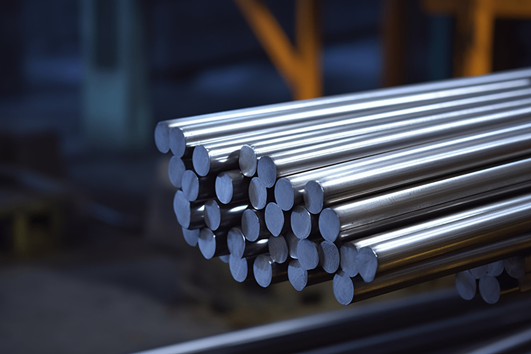Despite a recovery and stabilization in steel prices towards the end of 2024 due to the gradually visible effects of national incremental policies, steel prices faced renewed downward pressure entering 2025. This trend is primarily attributed to weak demand and reduced market activity ahead of the Spring Festival.
Image source:699pic
Impact of National Incremental Policies on Steel Prices
Starting from the fourth quarter of 2024, the Chinese government rolled out a series of economic stimulus and market stabilization measures aimed at boosting infrastructure construction, fostering healthy development in the real estate market, and encouraging investments in related sectors.
Influence of Weak Demand on Steel Prices
However, as we entered early 2025, steel prices were once again under downward pressure. A key factor was the sluggish market demand. According to Mysteel data, in the first week of 2025, the supply of five major types of steel products stood at 8.2964 million tons, down by 138,700 tons or 1.6% from the previous week. This indicates that the off-season effect has deepened further, with ongoing declines in market demand.
Other Influencing Factors
Beyond these two primary factors, several other elements can influence steel price fluctuations. Changes in international steel market prices can have a ripple effect domestically; fluctuations in raw material costs like iron ore and coke similarly impact the cost structure of steel, thus affecting final selling prices. Moreover, advancements or setbacks in technology can alter production efficiency and product quality, indirectly impacting market prices. Finally, changes in macroeconomic conditions, such as GDP growth rates and fixed asset investment growth rates, can influence the demand for steel, thereby acting on its price.
In conclusion, while steel prices showed signs of improvement at the end of 2024 thanks to policy support, they came under pressure again in 2025 due to insufficient demand and the impact of the Spring Festival holiday. In the coming months, with the arrival of the spring construction peak season and the continued implementation of stable growth measures by the government, it is anticipated that the steel market will gradually emerge from its trough, with prices expected to stabilize and potentially recover. However, the exact trajectory will depend closely on developments in Chinese and international economic situations and the implementation of relevant policies.
